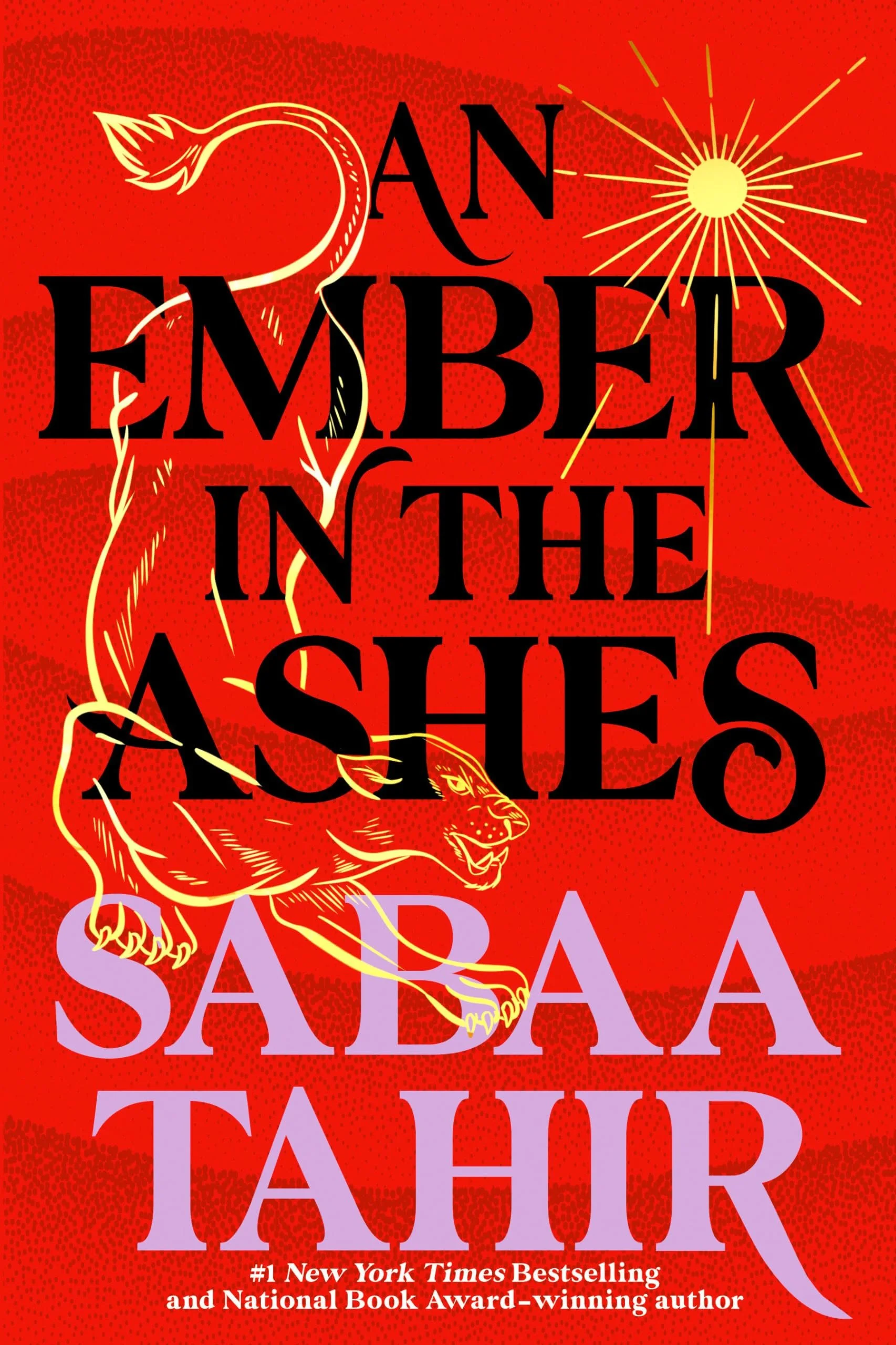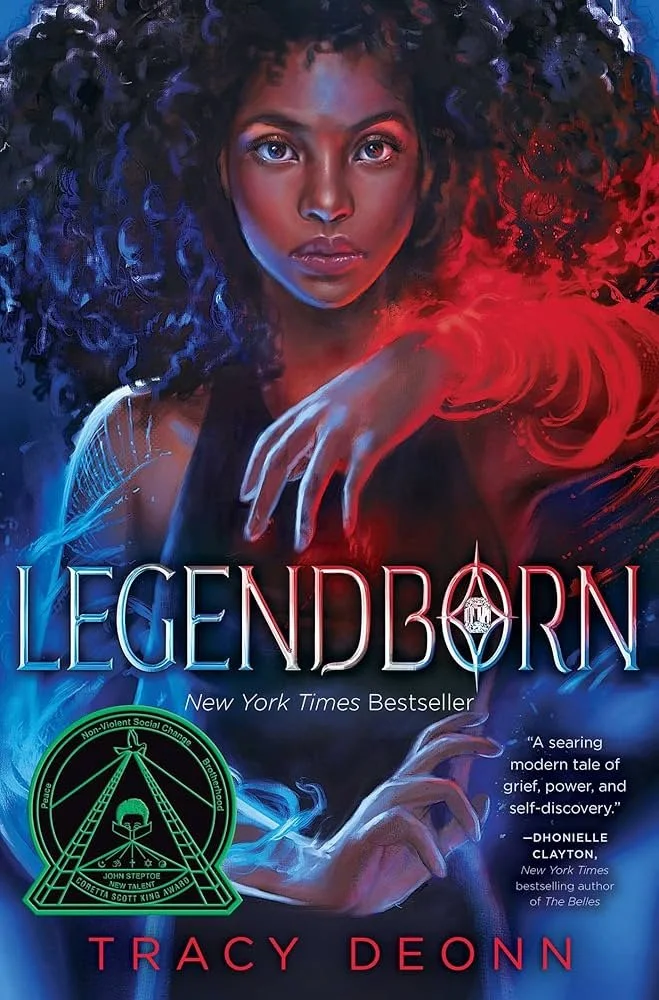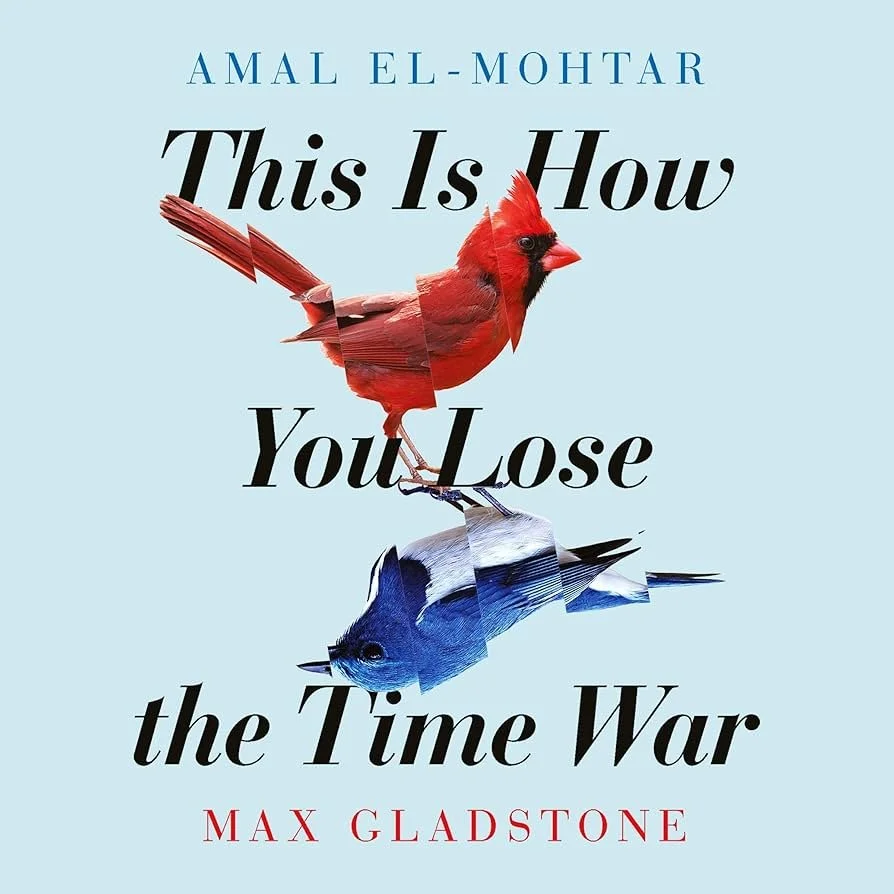Villains We Love to Hate
Heroes can be nice, but let’s talk about the villains.
By Krystal Lang & Allissa Patton
Everyone loves a well-written, epic hero story about the underdog who goes from “zero to hero” on their quest to end a reign of terror and oppression. While yes, the hero is the heart of the story, every once in a while there comes along a villain who is so vile, so infuriating, and so vicious, that you almost begin to look forward to their time on a page, just to see how the hero will fight back. Here are a few of our all-time favorite villains that we love to hate on (warning: spoilers ahead).
Keris Veturia—An Ember in the Ashes by Sabaa Tahir
Within the Ember in the Ashes series, one would think that the ultimate villain would be The Nightbringer. You know, the jinn who is one of the most powerful beings the world has seen in centuries and who is also hellbent on killing the Scholars and enslaving the rest of the world for revenge? Yeah, he does sound like the ultimate villain that the heroes have to thwart. Somehow, his actions seem like complete child’s play next to the demon-like character Keris Veturia.
Where to start with dear, old Keris? Keris Veturia, also known as “The Commandant,” is the cruel, sadistic, and malicious leader of the Blackcliff Academy. Children around the age of six are forcibly recruited by the Augurs (a powerful and holy sect) to train as Masks in the Martial Empire’s military, becoming the most elite and deadly soldiers in the empire.
As The Commandant, Keris is in charge of running the academy, including the torture and killing of any children or teenagers who dare attempt to leave the academy, or, honestly, those who she just deems to be too weak. She also happens to be the mother of one of the story’s heroes, Elias Veturia—though we use “mother” here very loosely. This malevolent woman dropped Elias off with strangers mere hours after giving birth, mainly to be rid of anything, or anyone, that would provide her a weakness in her hunt for power. Even Keris’ father, Quin Veturia, has expressed his disgust and dismay over Keris’ inhuman level of brutality.
Furthermore, Keris is the loudest spokesperson for the “right” to enslave a people. The Martial Empire, Keris included, completely dehumanizes the Scholars due to a few power-hungry Scholars who shattered the world when they eradicated the jinn population. Though this event occurred hundreds of years ago, Keris and the empire use the event as a justification for enslaving and terrorizing modern-day Scholars and unaliving Scholars who attempt to rebel.
If only her rain of terror began and ended with the torture she inflicts on the Blackcliff recruits and enslaved Scholars. Keris is also in league with The Nightbringer—the very entity that cannot wait for the day he can enact a reign of terror. Could you imagine how miserable and wretched you must be to seek out someone who can make you Empress for the sole goal of subjugating, killing, and enslaving everyone who does not serve your purpose? The Nightbringer may be the story’s main villain, but Keris Veturia, the embodiment of evil, is a truly irredeemable character whose only joy comes from the pain and suffering of others.
Victoria Morgan—Legendborn by Tracy Deonn
Similar to Ember in the Ashes, the Legendborn series features a character that, though they are not the “real” or “main” villain of the story, is equally as heinous. Victoria “Tor” Morgan is one of the “Legendborn” and is third-ranked in The Order as the Scion of Tristan. Within The Order, the descendants and Scions of the original Order of the Round Table are the most revered and venerated members within this society—none more revered than the Scion of King Arthur. Tor and her family have existed within the order for generations and have benefitted from the privilege and customs that come with being tied to the original Tristan. Tor should have been prepared to follow the Scion of Arthur, yet defies and denounces a Black girl being the Scion of Arthur.
Tor has no valid, factual reason to not recognize Bree Matthews as king other than that Bree is Black and, to Tor, that disqualifies Bree from even joining The Order, let alone her leading The Order as king.
Throughout Legendborn, Bloodmarked, and even briefly in Oathbound, Tor has done everything in her power to rid herself of Bree. It started with Tor attempting to sway the other scions and their squires to see Bree as an invader and as an entity to be defeated. We then learn in Bloodmarked that Tor was responsible for aiding the Regents in the wrongful detaining, torture, and experimentation of Bree and then used her “disappearance” to show that Bree is untrustworthy and uncommitted to The Order. Though larger battles take place in the fight against actual demons, Victoria Morgan shows readers that sometimes the biggest villains are the prejudiced people who cannot fathom Black people taking up space.
Itempas—The Hundred Thousand Kingdoms by N. K. Jemisin
According to the rulers and people of Sky, Itempas is the one true God. He’s known as Skyfather or Bright Itempas, associated with goodness and the bringing of life…but this is a rewritten history, and far from the truth. Itempas was born from nothing into a trinity, bringing light but not life, alongside his siblings Nahadoth, the bringer of darkness, and later his sister Enefa, who is truly the bringer of life. In the beginning, he and Nahadoth, two sides of the same coin, occupied the cosmos.
Much later, Enefa was born, and with her the worlds that occupy life across the galaxies. For a time, the trio lived in harmony, and grew their family with children, godlings, by love that went from platonic to romantic. Eventually, Itempas began to feel left out as Nahadoth and Enefa grew closer. Feeling betrayed, he killed Enefa and enslaved all gods who chose to remember her, including Nahadoth and several of their godling children.
To distract from his actions and move on, he found love with a human ruler of House Arameri, who later betrayed him as well. These two experiences deeply wounded him, turning him into the tyrannical God we see in The Hundred Thousand Kingdoms. Is Itempas redeemable? Can he rewrite his ways the same way he rewrote history? After all, all he ever wanted was to be loved.
Red & Blue—This is How You Lose the Time War by Amal El-Mohtar & Max Gladstone
Across space and time, both Red and Blue have devoted their lives to the cause of their polar opposite, rival empires. Red belongs to the Agency, a technotopia, and Blue belongs to Garden, a single vast consciousness immersed in organic matter. Unfortunately for them, the futures of their employers and societies are mutually exclusive. We don’t know much about why this is the case, or the history that they share, but over the course of this book, the time war ensues: Red the villian to Blue and her Garden, and Blue the villain to Red and her Agency.
Their interactions begin with running into traces of each other as they attempt to alter the timeline on behalf of their empires. In time, they leave hidden letters to provoke each other, but eventually see something in one another that the taunting turns to flirtation, and then love, in a true example of enemies to lovers. The reader can almost forget that whole societies are at risk during the time it takes for this relationship to blossom. It's truly breathtaking to witness, but the stakes are still high and dire. In the end, what will Red and Blue choose? To remain villains? Or perhaps they’ll side with each other and both become villains to one of their empires: or both.





